Antiquated systems can have a dramatic negative effect on an organisation’s costs and budgets. From manual inefficiencies to overly complicated and time-consuming purchase cycles which can increase costs and create transaction disputes. Understanding how these processes can have such a costly effect on an organisation is one half of the conundrum, the other is trying to improve systems with, again, more antiquated procedures.
Whether it is about taking advantage of early purchase and payment discounts, to better supplier relationships created with a smoother procurement process, knowing the different types of procurement procedures to create a process is essential for making the leap to a better system that can help organisations thrive.
This guide will cover the procurement process, what it is, what the different types of procurement are and finally, how to develop your own process.
Established in 2011, eXceeding has spent the last decade helping organisations deliver impartial, best practice, procurement advice to all types of organisations, to help them achieve the best services and solutions for their needs. Working with organisations such as UNICEF, housing and school associations as well as high tech industries, eXceeding has years of experience delivering solutions in the procurement field.
Don’t take our word for it though, this is what UNICEF said about their experience working with eXceeding:
“eXceeding reviewed our procurement policies and helped us to better understand our spend. Their consultant took the time to understand our needs, in terms of compliance and internal processes, before making recommendations which ultimately resulted in cost savings and a more efficient – and consistent – way of working with our suppliers. Thanks to eXceeding we now have the tools in place to monitor spend and performance across our supply chain.”
What is Procurement
Procurement is a defined structure, method and technique used by organisations to streamline their purchasing processes of materials whilst reducing costs, establishing relationships with suppliers and improving time efficiency in the process. Procurement can be direct, indirect, reactive, or proactive in nature.
Most individual organisations will set procurement policies that effectively govern their choice of suppliers, products, as well as the methods and procedures that will be used to communicate with their suppliers. Effectively, it is like an individual going to specific shops for groceries, goods and services and selecting the best stores based on their requirements of time, budget and offers.
Many organisations will have a set procedure that involves calling suppliers and service providers to create proposals, or participate in procurement processes for goods or services that are going to be procured.
The procurement process involves:
- Identifying customer and supplier requirements
- Choosing the right tools and processes to communicate with suppliers
- Defining the procurement process to be used
- Getting together the specification for the procurement
- Setting policies for evaluating responses, proposals, quotes, and suppliers
- Having a negotiation strategy plan.
What are the Different Types of Procurement
There are different types of procurement. As discussed earlier, these include direct, indirect and services procurement which will affect different areas of an organisation, the procurement approach and thus incur different costs according to the requirements of each area. From manufacturing to HR, procurement can take place in different areas. We will briefly take a look at the differences of these types of procurements:
- Direct Procurement
This is the purchasing of goods and materials and or manufacturing services. i.e., raw materials, machinery, and resale items. This area drives external profit and revenue growth whilst establishing long term and collaborative partnerships with suppliers.
- Indirect Procurement
This is the purchasing of goods and materials and or services for internal use. These are typically things like facility management, IT, office equipment, utilities and travel, etc. This area is about the day-to-day costs of an organisation and this is about short-term and transactional relationships with suppliers.
- Services Procurement
This is the purchasing of contingent workforce, consulting services and outsourced service provision. Think of this as the area where skills gaps may be filled by external service providers, software and workforces. This is about a contractual relationship with suppliers and can be one-off in nature, or long-term ongoing contracts.
What is a Procurement Process?
A procurement process is a series of steps that are essential to get a product or service purchased from a supplier cataloguing the steps from identifying needs, defining specification, assessing the market, agreeing procurements, defining the negotiating strategy, executing procurement, raising purchase orders to invoice approval. In particular, this will be with suppliers that are already established in large part thanks to the relationships that have been built over a period of time or thanks to other factors such as budget, quality of product or service or time requirements.
Generally, procurement describes the overall activity in purchasing goods and services whilst purchasing is the overarching process of obtaining necessary goods and services on behalf of an organisation. A procurement process is used in an organisation in order to better manage costs, savings and relationships with suppliers of goods and services.
Essentially, any procurement process consists of the three P’s: people, process and paperwork. We have identified technology as another process;
 People
People
They are critical to the procurement process as it is people that take responsibility for initiating or authorising the procurement procedures. The number of stakeholders is dependent on the size and volume of the purchase.
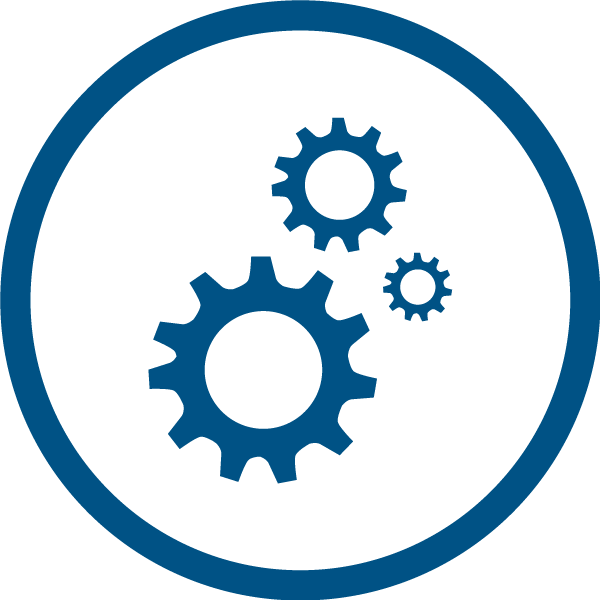 Process
Process
What are the rules that govern the procurement process? Reviewing, ordering, obtaining and paying for goods and services all require a process. The more complex the purchase, the more steps and checks that are required.
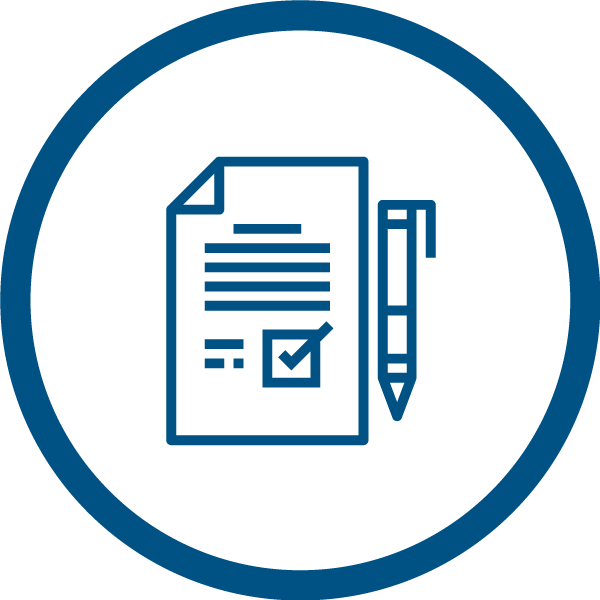 Paperwork
Paperwork
What is the documentation process that is happening throughout the procurement stage? Paperwork is what is collected throughout the process, and used for reference and auditing purposes.
 Technology
Technology
What technology is being used to make the orders? What software is required to communicate with suppliers and stay up to date with offers and services? This technology will be used to monitor purchase information, order numbers and cross reference any potential issues as well as complete transactions/invoicing/purchase orders.
Developing a Process in 7 Steps
When it comes to developing a procurement process, many things need to be considered. In the following 7 steps, we are going to take you through the ideas of a typical purchase requisition all the way to record keeping.
This is a generic approach that will help give you ideas as to how to establish a procurement process and one that can be used to further develop and tweak for your specific purposes.
We are going to look at these steps in a little more detail and hopefully give you a brief but wider understanding of what a procurement process looks like.
- Needs Recognition
The needs recognition of a procurement process is the ability for an organisation to sketch out an accurate plan for procuring goods and services in a timely manner and at the right cost. This provides visibility across all areas of the organisation and can group together purchase categories to save on costs.
- Purchase Requisition
These can be either written documents or ones generated through a capable software program. They are raised by internal users/stakeholders/customers seeking the procurement team’s assistance to help fulfil an existing need. It is used to provide key information related to the right goods, services and works.
- Requisition Review
This is where the purchase will either be approved or the request sent back based on the stakeholder information provided. Is there a genuine need to make this purchase? Is the funding available to the department at the time of the request to create a sustainable reason to make the purchase? Managers and department heads need to make these judgments and work with the procurement team and the requestee to ensure that all the criteria are fulfilled.Those which are approved become POs (Purchase Orders) and those which are rejected are sent back with reasons as to why it has been rejected. Purchase Order software can take care of this whole process, rather than several emails or untraceable pieces of paper.
- Market Engagement Process
The acquisition has been approved and a PO has been generated. There is an individual procurement plan that creates the solicitation process. (A market engagement process involves all the documents that are required for the purchase. A letter of invitation to suppliers, procurement specification, supplier information, a market analysis and so on.)Once the purchase is approved, the process invites forwards several suppliers to participate in the procurement process with the intention to receive and review a shortlist to ultimately select the right vendor.
- Evaluation Responses and Contract Review
This is where once the procurement response process has finished, the procurement team and the evaluation committee will take a look at all the responses to best determine which supplier fulfils the needs of the organisation and the scope of the work. Once this is agreed detailed contract reviews take place followed by contract negotiations.Fundamentally, are there any conflicts of interest in choosing a supplier, do any of the potential suppliers have non acceptable terms. The review committee will determine who is best suited and in turn select the right supplier where a contract is established, signed and a purchase order is generated.
- Order Management
The vendor of the product or service delivers the goods or service within the stipulated timeline.
Finally, this is where the purchaser can start to ascertain if the vendor has effectively held up to the standard of the RFP/ITT where terms and conditions were established. Does the supplier match the criteria? Are the products and services up to standard? Is there a significant amount of variance between the expected performance and the actual performance of the supplier?
- Invoice Approvals and Disputes
Once the three-way matching of documents is complete the invoice is then approved and moved to payment resolution.Is there something that is going to be disputed? Does the original contract stipulate some form or contract dispute procedure? Do you need arbitration if the product or service isn’t up to standard?
- Record Keeping
Finally, the last stage of a procurement process is related to keeping records of the process after the payment has been made. This is for bookkeeping and auditing purposes only and must be kept in a centralised system so that they are easy to access for control purposes.This is where you may add specific notes to the process as well such as;a. Was the good/service adequately fulfilled?
b. Was the evaluation done correctly?
c. What could be improved?
d. What problems were encountered if any?
e. Recommendations to avoid similar situations.
Having a wider understanding of the procurement process can give insights into the cost saving measures that an organisation can develop and where overspending or inefficiencies can also occur. One key example can be having an overly complicated and time-consuming purchase cycle thanks to no procurement strategy, which can in-turn impact costs and create transaction disputes.
Procurement is a defined structure, method and technique used by organisations to streamline their purchasing processes of services, goods and works whilst reducing costs, establishing relationships with suppliers and improving time efficiency in the process.
Several different procurement procedures can affect a business, but by developing a system that can identify and solve these problems, organisations stand a chance of saving money and becoming more efficient and competitive in the marketplace.
At eXceeding, we can help organisations get to grips with their procurement processes and create a strategy that suits them to deliver not only cost savings but also a streamlined process saving time and reducing human error in this field. With over a decade of experience and helping global brands such as UNICEF improve their procurement strategies, why not drop us a line to see how we can help you achieve your goals.
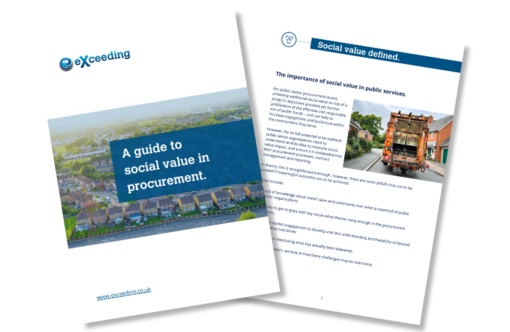
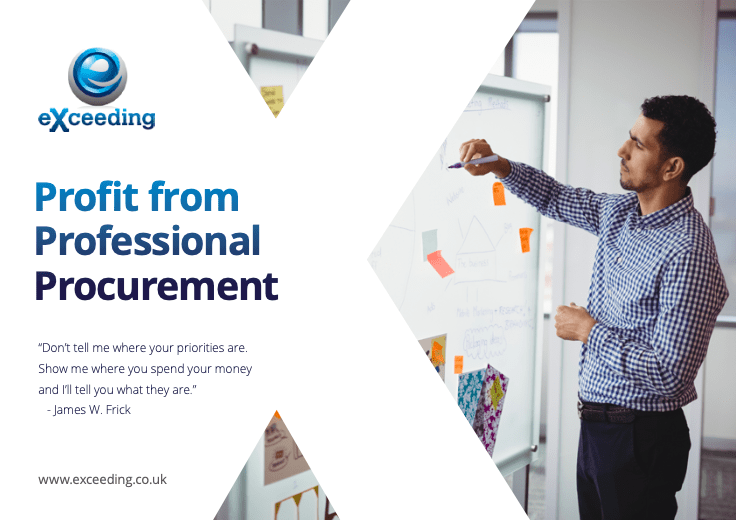
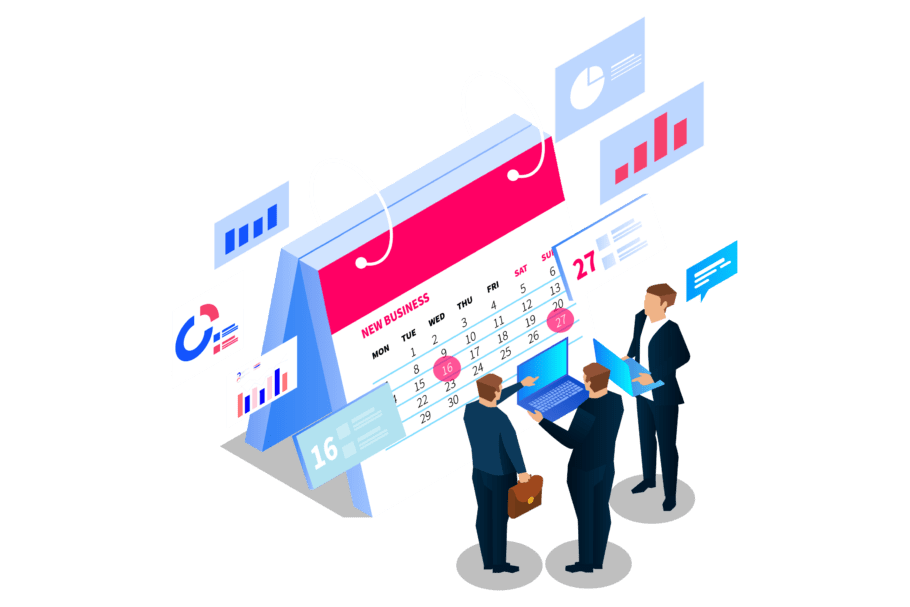

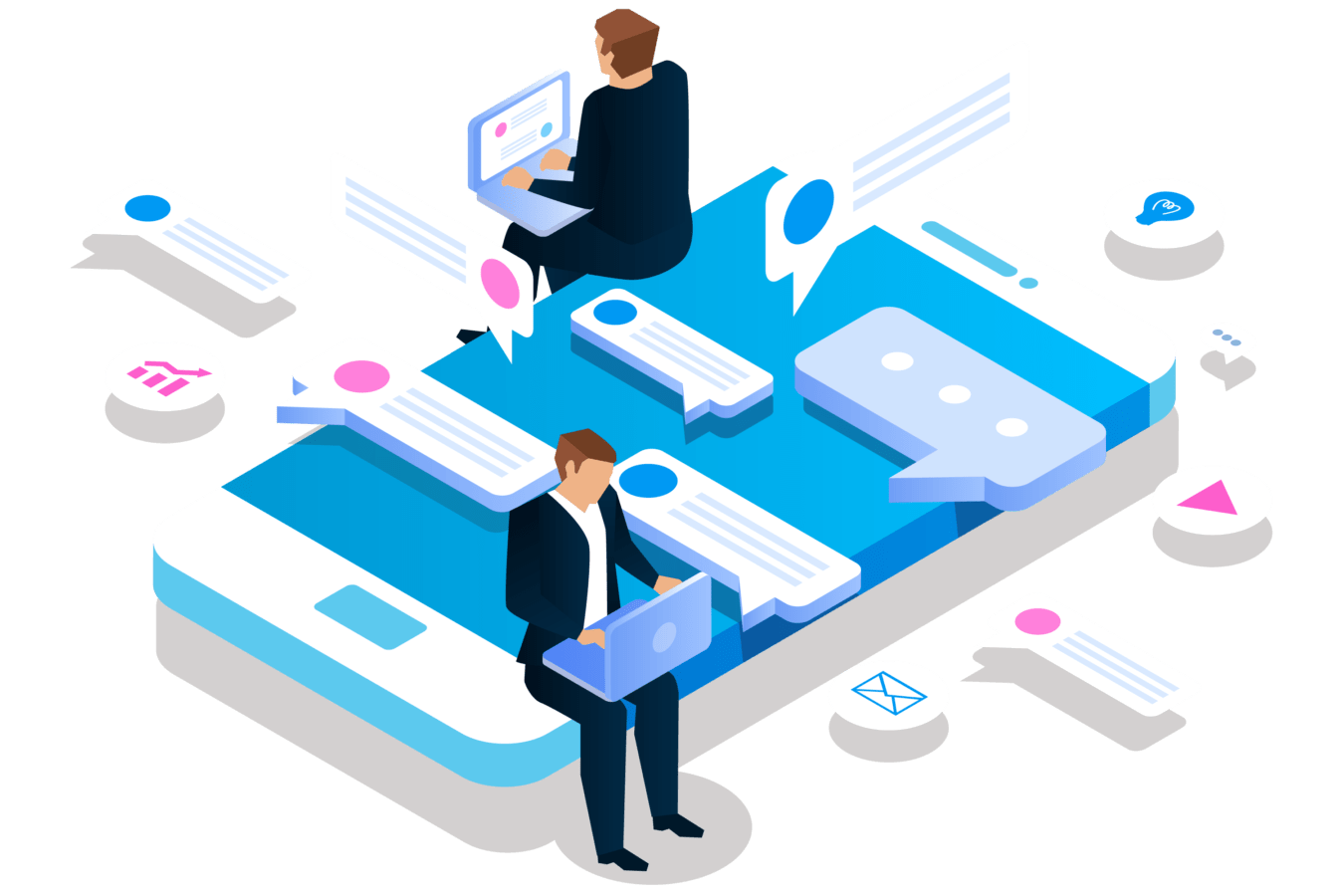
Comments
This post has no comments yet...